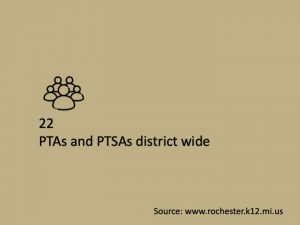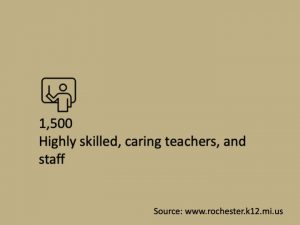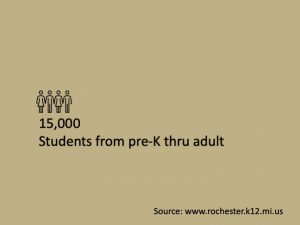Rochester, Michigan
Rochester is a city in Oakland County in the U.S. state of Michigan. The population was 12,711 at the 2010 census. It is a northern suburb in Metro Detroit located 20 miles north of the city of Detroit.
Rochester was the first European settlement in Oakland County when it was founded in 1818. It became part of the Avon Township in 1835 and incorporated as an autonomous city in 1967. It is mostly surrounded

CENTURY 21 Sakmar & Associates
129 E University Dr, Rochester, MI 48307
(t) 248.652.7700
Send Us a Message
WalkScore
School Distict in Michigan
District Ranking in Detroit Area
Parks & Recreation
BikeScore
Discover the Community
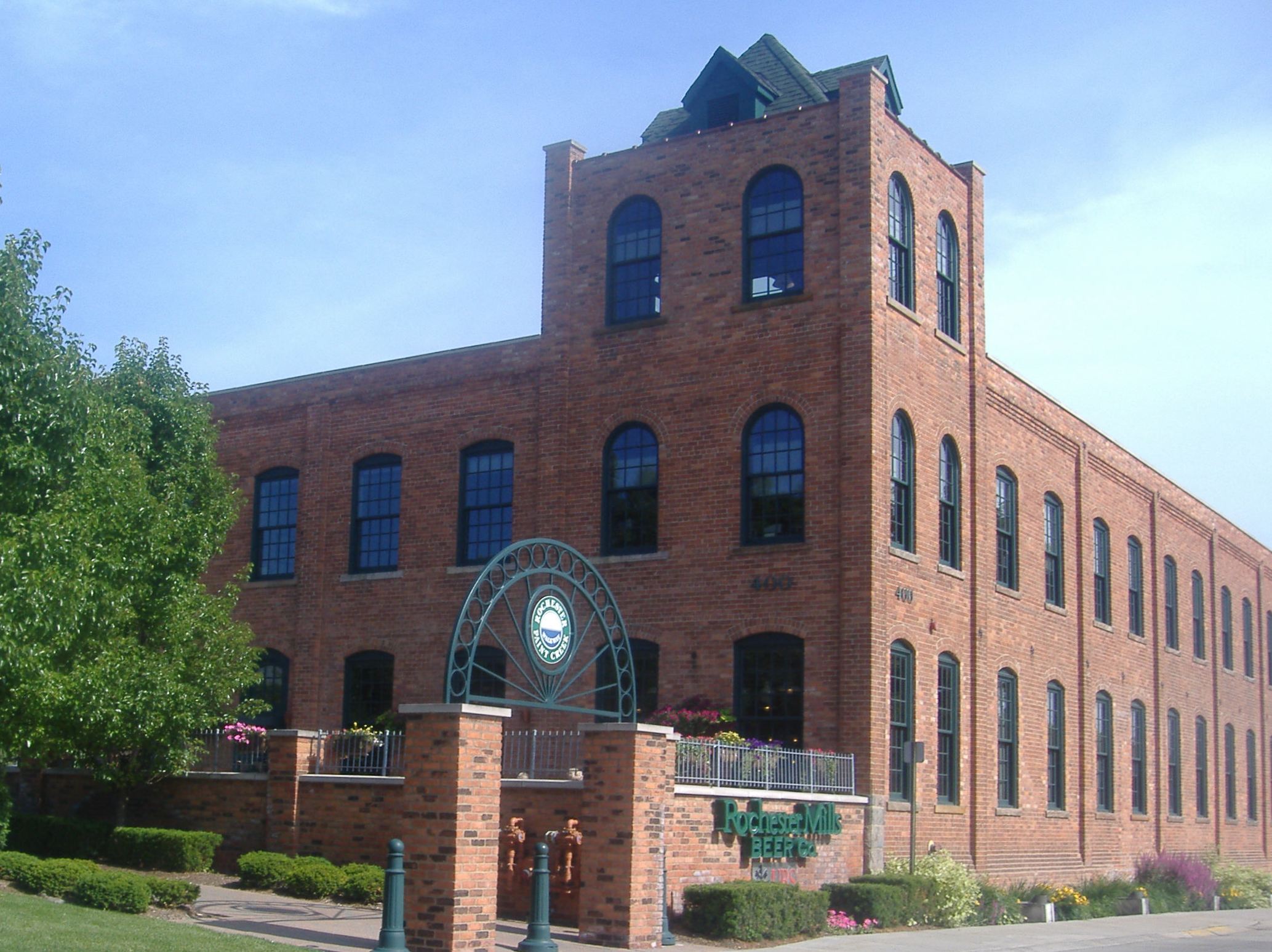
History
The first settlers in what would become Rochester, the Graham family, built a log cabin in 1817. The cabin was located on present-day 3rd St., just west of Main. The city was named for Rochester, New York, just like Rochester, Minnesota, as many early settlers to the area were formerly from the state of New York.
The city became an industrial center with abundant waterpower from the Clinton River and Paint Creek. The interconnected waterways are no longer used for travel or local industry, but provide natural beauty, some fishing, and a healthy portion of the Clinton Watershed. Historically, past industries formerly located in Rochester included a refinery for sugar beets, a paper products company, and the Western Knitting Mills factory, which was later adapted and utilized during World War II for incendiary production—businesses that no longer exist in the area. Rochester was served by two railroads as well as the Detroit United Railway, an interurban to Royal Oak and Detroit.
Chapman Mill Pond, east of downtown, disappeared into the Paint Creek when the dam broke during the flood of 1946. The reclaimed land is the site of the current post office, Rochester Hills library, and Olde Towne Road. Water Street, formerly situated at the edge of the large pond, remains by its name a reminder of the pond's former existence.
Michigan became the 26th state in 1837, and the Village of Rochester was formed on April 12, 1869, within the boundaries of Avon Township. By 1895, Rochester's population was 900. The village became the city of Rochester in 1967, breaking away from Avon Township. Avon Township became the City of Rochester Hills in 1984, following a long court battle, where the city of Rochester annexed 2.2 square miles (5.7 km2) of Avon Township's land. It more than doubled the city of Rochester's size.
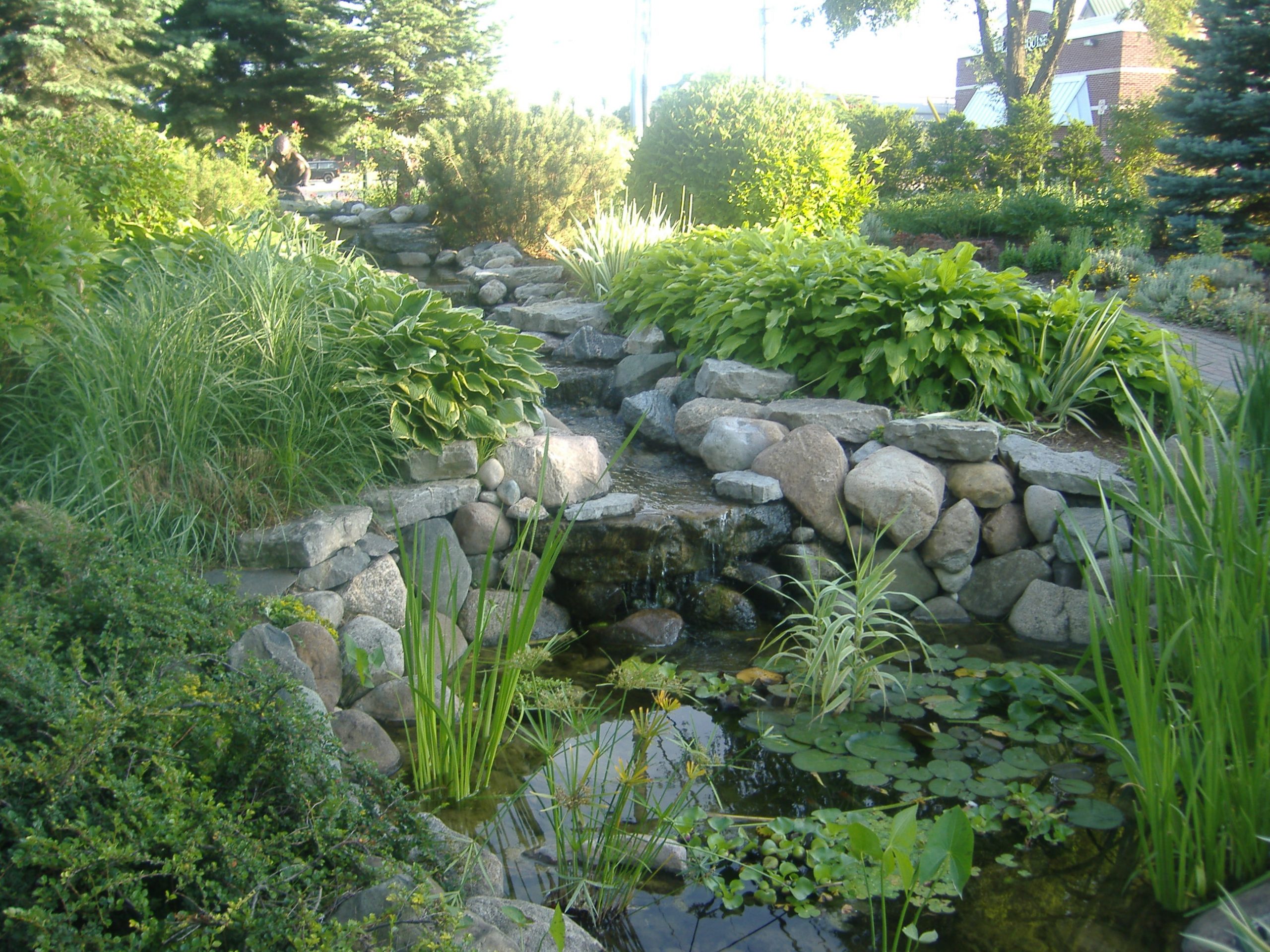
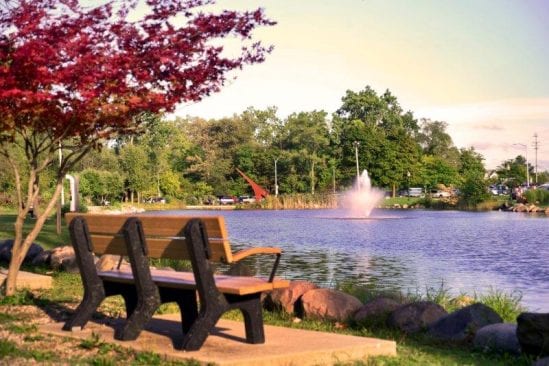
Community
The city has the following neighborhoods:
Stony Creek is a neighborhood on the northeast end of the city on the border with Rochester Hills.
The Bluffs is a neighborhood on the southeast corner of the city on the border with Rochester Hills.
Yates is shared with Shelby Charter Township, Macomb County and Rochester Hills.
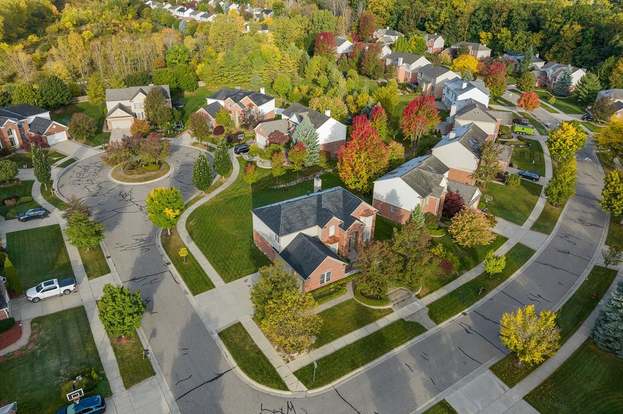
Parks and Recreation
Paint Creek and Clinton River Trails – City is at the cross section of two major "Rails-to-Trails" projects: the Paint Creek Trail and Clinton River trail. These trails are used for recreational activities, like biking and walking. They connect to several major parks, including Bloomer Park, Rochester Municipal Park, Stoney Creek Metropark and the Dinosaur Hill Nature Preserve. The majority of the area used for the trails and pathways include former railroad and interurban rail lines, long since converted to non-vehicular recreational use.
Paint Creek Center for the Arts – Paint Creek Center for the Arts is a regional non-profit art center dedicated to promoting the arts and artistic excellence through a full range of cultural programming including studio art classes for children and adults, exhibitions of emerging and established Michigan artists, outreach programs, community involvement and the annual Art & Apples Festival.
Rochester Avon Recreation Authority – The Rochester Avon Recreation Authority (RARA) has been a recreation provider to Rochester, Rochester Hills, and Oakland Township since 1946. It provides recreation programs from 12 months to adults in a variety of areas, such as dance, sports classes, sport leagues, pre-school classes, special events, fitness, skiing, etc.
Rochester Municipal Park – Formerly called Avon Park, is the largest park area in the city, comprising a large portion of the downtown area. Linked with the Paint Creek trail system (and including a significant portion of the creek itself), it offers a quiet, naturalized setting, easily enjoyed from its own trail system, as well as two playground areas, lighted tennis courts, an outdoor music-stage amphitheater, the Rochester Community House, and the Kiwanis Pavilion. The 'duck pond' has been used in past winters for skating. The public park is home to free annual events such as the Art & Apples Festival, the Heritage Festival, and the summer concert series (Music in The Park).

Architecture
Established in 1817, Rochester was one of Oakland County's first settlements. Twenty-two buildings on Main Street are more than 50 years old, and several are on the State Register of Historic Places.
Rollin Sprague Building – The oldest commercial building in the downtown is the Rollin Sprague building, built in 1849 of coursed cobblestone. Since 1930 it has housed "The Home Bakery".
Opera House – The Opera House Building opened on November 8, 1890, as the social and cultural center of town. It featured movies, lectures, dances, commencements and other events until 1933. Ironically, an opera was never performed in the Opera House. Refurbished in 1987, it currently houses the Lytle Pharmacy.
Rochester Grain Elevator – Located at the corner of University Drive and Water Street is the Rochester Grain Elevator (originally named Griggs Grain Elevator), in the form of a red barn, and built in 1880. Until the 1970s, farmers brought their grain to the elevator to be shipped to Detroit. After that time, its primary use has been as a supply store. An external restoration in the summer of 2009 worked toward returning the building to its former appearance.
Royal Park Hotel – In September 2004, the Royal Park Hotel, a four-diamond luxury boutique hotel, designed by Victor Saroki opened in downtown Rochester. It cost $43 million to build. Several celebrities have stayed there, including Paul McCartney, Hugh Hefner, and former President George W. Bush (while seeking re-election).
Western Knitting Mills – The Western Knitting Mills, a large brick building on Water Street, was built in 1896. At one time, its annual output of 100,000 dozen pairs of gloves made it one of the largest glove producers in the world. Today the mill is fully restored, and home to The Rochester Mills brewery restaurant, as well as several other businesses.
RCS Administration Center is the former Rochester High School, at one point in its past serving kindergarten through graduating senior students. Built in 1889 but renovated at different times in its history, it opened as Rochester School (Avon #5), replacing an earlier school on that same site that had burned down in 1888. The property has been used for school purposes since 1847. Since the mid-1970s, the building has housed the Rochester Community Schools Board of Education offices and occasional related events and is certainly one of the largest and noteworthy structures in the city.
The Rochester Community School District is part of a treasured community that is rich in tradition, where partnerships between families, schools, and businesses are integral for student success. Our mission is to provide a quality education in a caring atmosphere so all students can attain the necessary skills and knowledge to become lifelong learners and contribute to a diverse, interdependent and changing world. Rochester Community Schools history of excellence has been strengthened over the past decade through the strategic planning process.
Click here for more information on Rochester Community Schools






